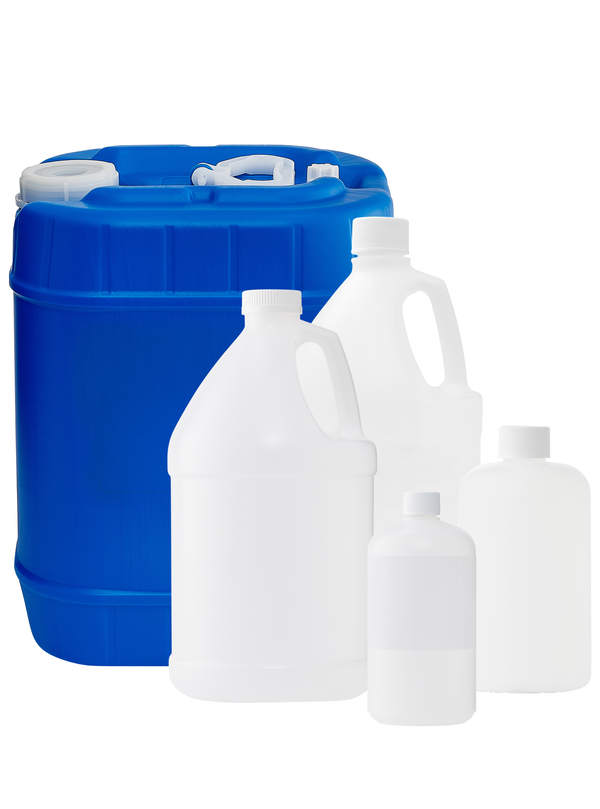
Business Support
Pyridine Analytical Reagent Grade
For questions regarding lead time, please contact a member of our Customer Care Team at customercare@laballey.com
Business Support
Description
About Pyridine Analytical Reagent Grade
Pyridine is an aromatic heterocyclic family of chemical compounds with a six-membered ring structure consisting of five carbon atoms and one nitrogen atom. Its molecular formula is C 5 H 5 N and it is the most basic member of the pyridine family. It is a highly flammable, mildly alkaline, water-miscible liquid with a fish-like odor. Before the invention of a synthesis based onacetaldehyde and ammonia, it was mostly obtained from coal tar. Chemicals of high purity that are best suited for analytical use are known as Analytical Reagent Grade. They are great for delivering consistent, reliable, and repetitive results in research applications. Lab Alley is selling online its premium quality products in the United States of America. Lab Alley highly recommends to use its Pyridine, Analytical Reagent Grade in industrial, commercial, and research applications.
COMMON USES AND APPLICATIONS
- Reagent
- Solvent
INDUSTRIES
- Artificial food flavoring
- Pharmaceuticals
- Denaturing agent of alcohol
PRODUCT INFORMATION
Customer Reviews and Q&A
Business Support
Built for Business.
At Lab Alley, we simplify procurement with custom quotes, credit applications, tax exemptions, and fulfillment support, ensuring on-budget, on-time delivery - your success is our priority.
Apply for Credit
A Lab Alley credit account streamlines purchasing for your business. Our Customer Success Team is available to help you through every step of the process.
Request a Custom Quote
Get a fast, customized quote tailored to your specific needs. Our team ensures accurate pricing and availability to help streamline your purchasing process.

Additional Business Resources
Lab Alley provides access to essential certifications, documents, and other resources to support your business.

Create a Lab Alley Account

RECEIVE exclusive offers, promotions, and discounts on chemicals.

Always have the product you need, when you need it with our AUTOSHIP program.


